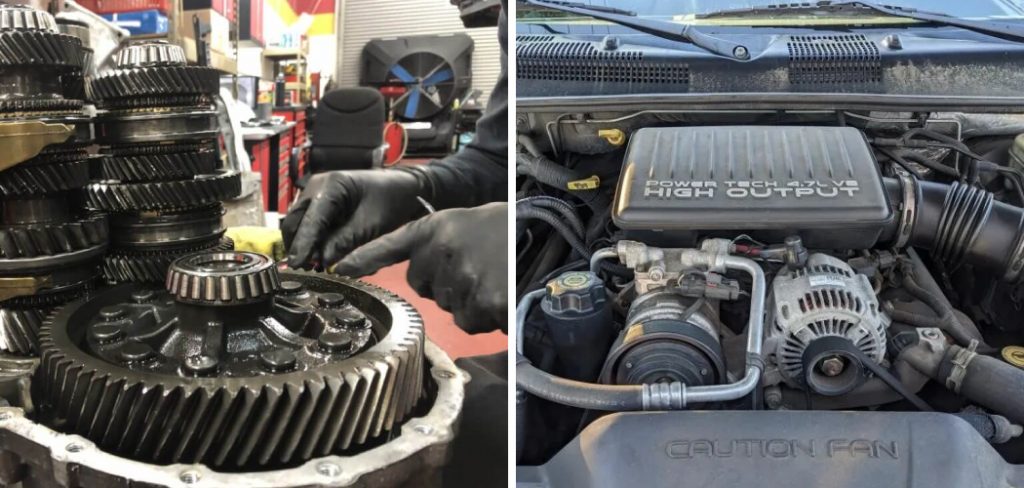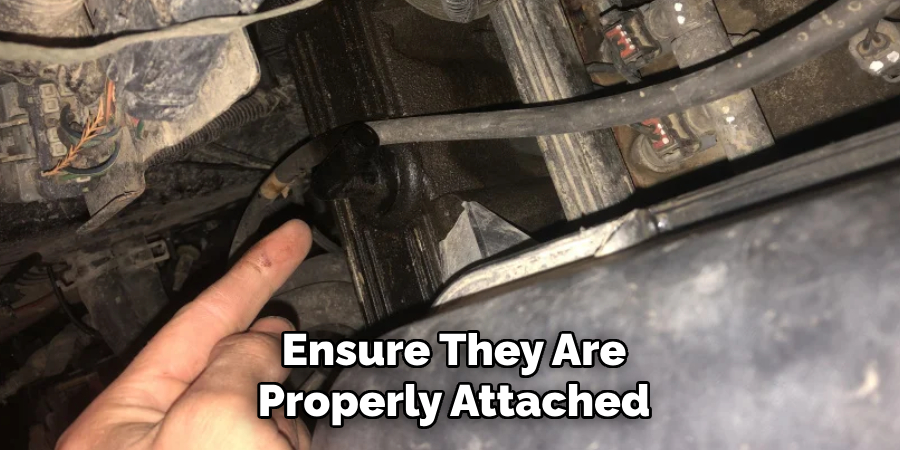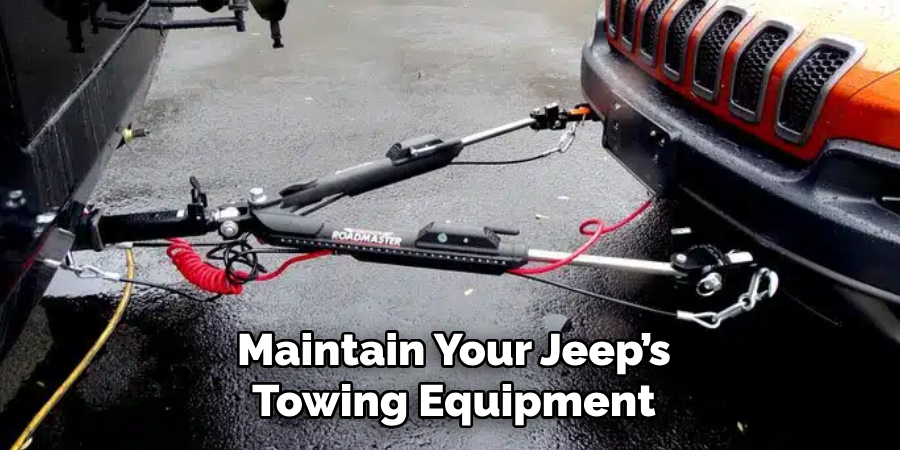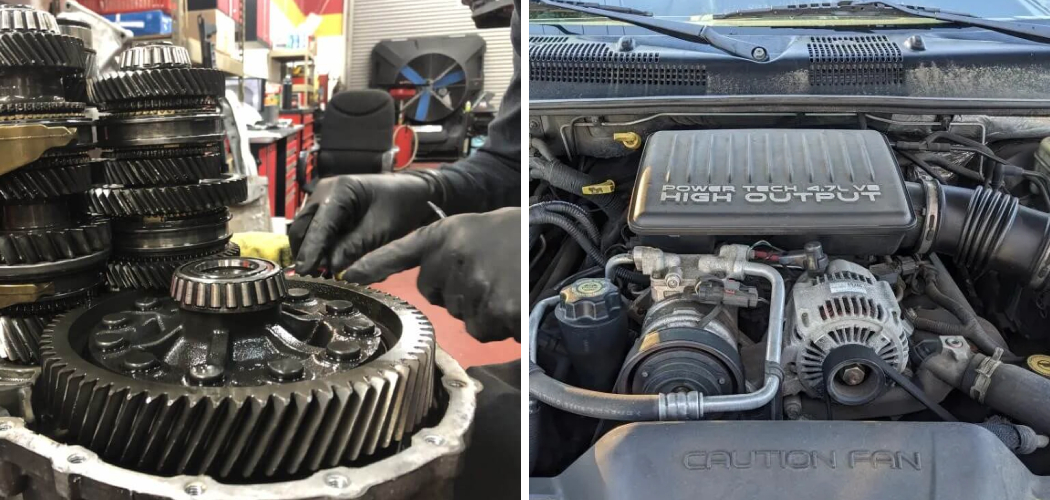It was supposed to be a typical weekend camping trip with friends — jumping in the Jeep, packing it up with gear, and hitting the open road. But just an hour into our drive, the engine temperature warning light came on. As I eased off the gas and popped the hood, a billow of steam greeted me. “No no no, not now!” I thought. Getting stranded with an overheating transmission out in the middle of nowhere was not how I pictured this trip going.

After shutting it down and letting it cool, I knew I had to figure out what was causing the transmission to overheat and how to fix it, or our weekend in the woods was doomed before it even began. That’s when the troubleshooting began. In this article on how to fix transmission over temp jeep, we’ll go over the common causes of transmission overheating and how to solve them.
Causes of Transmission Overheating
The transmission is the component of a vehicle that transfers power from the engine to the wheels, allowing it to move. It also regulates the gear ratio and controls speed through various gears. With such an important job, it’s no surprise that when it overheats, it can cause major issues. Here are some common causes of transmission overheating:
Low or Dirty Transmission Fluid:
The most common cause of overheating is low or dirty transmission fluid. Without enough fluid, the components in the transmission can’t be lubricated properly, causing friction and heat.
Faulty Cooling System:
A malfunctioning cooling system can also cause a transmission to overheat. If the radiator isn’t functioning properly, it won’t be able to cool down the transmission fluid passing through it.
Towing/Heavy Loads:
Jeeps are designed for off-roading and light to moderate towing, but pushing them with heavy loads can put a strain on the transmission and cause it to overheat.
11 Step-by-step Guidelines on How to Fix Transmission Over Temp Jeep
Step 1: Check the Transmission Fluid Level

The first thing to check when facing an overheating transmission is the fluid level. If it’s low, top it off and see if that solves the problem. You may need to check for leaks and have them fixed as well. It’s also a good idea to change the fluid if it’s dirty. The general rule is to do this every 30,000 miles. However, if you use your Jeep for heavy towing or off-roading, it’s best to change the fluid more frequently. Refer to your owner’s manual for recommended intervals.
Step 2: Check the Cooling System
If the fluid level is fine, the next step is to check the cooling system. Make sure there’s enough coolant and that it’s flowing properly through the radiator. Otherwise, it may need to be flushed or repaired. It’s also essential to check for any blockages or leaks in the system. It’s recommended to do this every 50,000 miles.
Step 3: Check the Transmission Oil Cooler
Some Jeeps have an external oil cooler that can become clogged with debris over time. If this is the case, it will need to be flushed out or replaced. You can also install a transmission cooler if your Jeep doesn’t have one, to help keep the fluid cool. If you’re an avid off-roader or frequently tow heavy loads, this is highly recommended.
Step 4: Inspect the Radiator
The radiator is a crucial part of the cooling system and can also contribute to transmission overheating if it’s not functioning correctly. Check for any physical damage, leaks, or blockages that may be preventing the proper flow of coolant. You may need to replace the radiator if any of these issues are present. It’s also recommended to flush and refill the radiator every 50,000 miles.
Step 5: Check the Hoses and Lines

All hoses and lines connected to the cooling system should be checked for any holes or cracks that could cause a leak. It’s also important to ensure they are properly attached and not loose. If any issues are found, the hoses and lines should be replaced. You should also inspect and change out the transmission cooler lines if necessary.
Step 6: Check the Fan
The fan plays a crucial role in cooling down the engine and transmission. Make sure it’s functioning properly and check for any damage or debris that may be affecting its performance. If needed, replace the fan to ensure optimal cooling. It’s also a good idea to check the fan clutch, as it can wear out over time and cause issues.
Step 7: Check the Thermostat
The thermostat regulates coolant flow in the engine to maintain an optimal temperature. If it’s stuck closed, it can cause overheating. In this case, you will need to replace the thermostat. But if it’s stuck open, the engine will run too cold, and you may need to replace the thermostat as well. It’s recommended to replace the thermostat every 50,000 miles.
Step 8: Check for Transmission Issues
If none of the above steps solve the problem, there may be an issue with the transmission itself. It could be caused by worn out or damaged components like a torque converter, solenoid pack, o-ring seals, or even the entire transmission. In this case, it’s best to take your Jeep to a professional mechanic for further inspection and repair.
Step 9: Check for Proper Towing Procedures
If you were towing heavy loads when the transmission overheated, it may be due to improper towing procedures. Make sure your Jeep is equipped with the proper towing equipment and that you’re following the recommended guidelines for towing. You should also regularly check and maintain your Jeep’s towing equipment to avoid future issues.

Step 10: Monitor Transmission Temperature
After making any necessary repairs or changes, it’s essential to monitor the transmission temperature regularly. If it starts to overheat again, it could be a sign of another underlying issue that needs to be addressed. But if everything looks good, you can continue to enjoy your Jeep without worrying about transmission overheating.
Step 11: Regular Maintenance
Prevention is always better than cure. By regularly maintaining your Jeep and following the recommended maintenance schedule, you can avoid potential issues with the transmission and keep it running smoothly for years to come. You should also be mindful of how you drive your Jeep and avoid putting unnecessary strain on the transmission. With proper care, your Jeep’s transmission will last for a long time without overheating issues.
Following these steps on how to fix transmission over temp jeep will help you effectively fix the transmission over temp issue in your Jeep and ensure its smooth performance on and off-road. Remember to always prioritize regular maintenance and proper driving habits to keep your Jeep running at its best. So, go ahead and hit the trails with confidence, knowing that you have the knowledge to handle any potential transmission overheating issues with ease.
Frequently Asked Questions
Q1) What Are the Common Signs of an Overheating Transmission in a Jeep?
A1) Some common signs of an overheating transmission in a Jeep are strange noises and vibrations, slipping gears, burning smell, and difficulty shifting. If you notice any of these signs, it’s best to address the issue immediately to avoid further damage to your Jeep’s transmission. Overall, regular maintenance and proper driving habits can go a long way in preventing transmission overheating issues in your Jeep.
Q2) How Often Should I Check My Jeep’s Transmission Fluid?
A2) It’s recommended to check your Jeep’s transmission fluid level and condition every 30,000 miles. However, it’s always a good idea to do a quick check before any long trips or off-roading adventures. If you notice that the fluid is dirty or low, it may be a sign of bigger issues that need to be addressed. So, don’t underestimate the importance of regularly checking your Jeep’s transmission fluid.

Q3) Can I Fix an Overheating Transmission by Simply Adding More Fluid?
A3) While low transmission fluid can contribute to overheating, it’s not always the root cause. It’s important to address any underlying issues, such as a faulty cooling system or damaged components, before adding more fluid. It’s best to consult with a professional mechanic for an accurate diagnosis and proper repairs. Simply adding more fluid may not solve the problem and could potentially cause further damage to your Jeep’s transmission.
Conclusion
In conclusion on how to fix transmission over temp jeep, dealing with a transmission over temp issue in your Jeep can be frustrating and stressful. However, by following these steps and tips, you can effectively diagnose and fix the problem before it becomes a major headache. Remember to always check for any warning lights or strange noises, and never ignore them. Regular maintenance and servicing of your Jeep’s transmission system is crucial for its longevity and reliability.
But most importantly, always listen to your vehicle and trust your instincts – if something doesn’t seem right, don’t hesitate to seek professional help. Stay proactive in caring for your Jeep’s transmission and you’ll avoid costly repairs down the line. With these solutions in mind, you can confidently hit the road with peace of mind knowing that your Jeep is operating at its best. So why wait? Take action now and give your beloved Jeep the attention it deserves!

